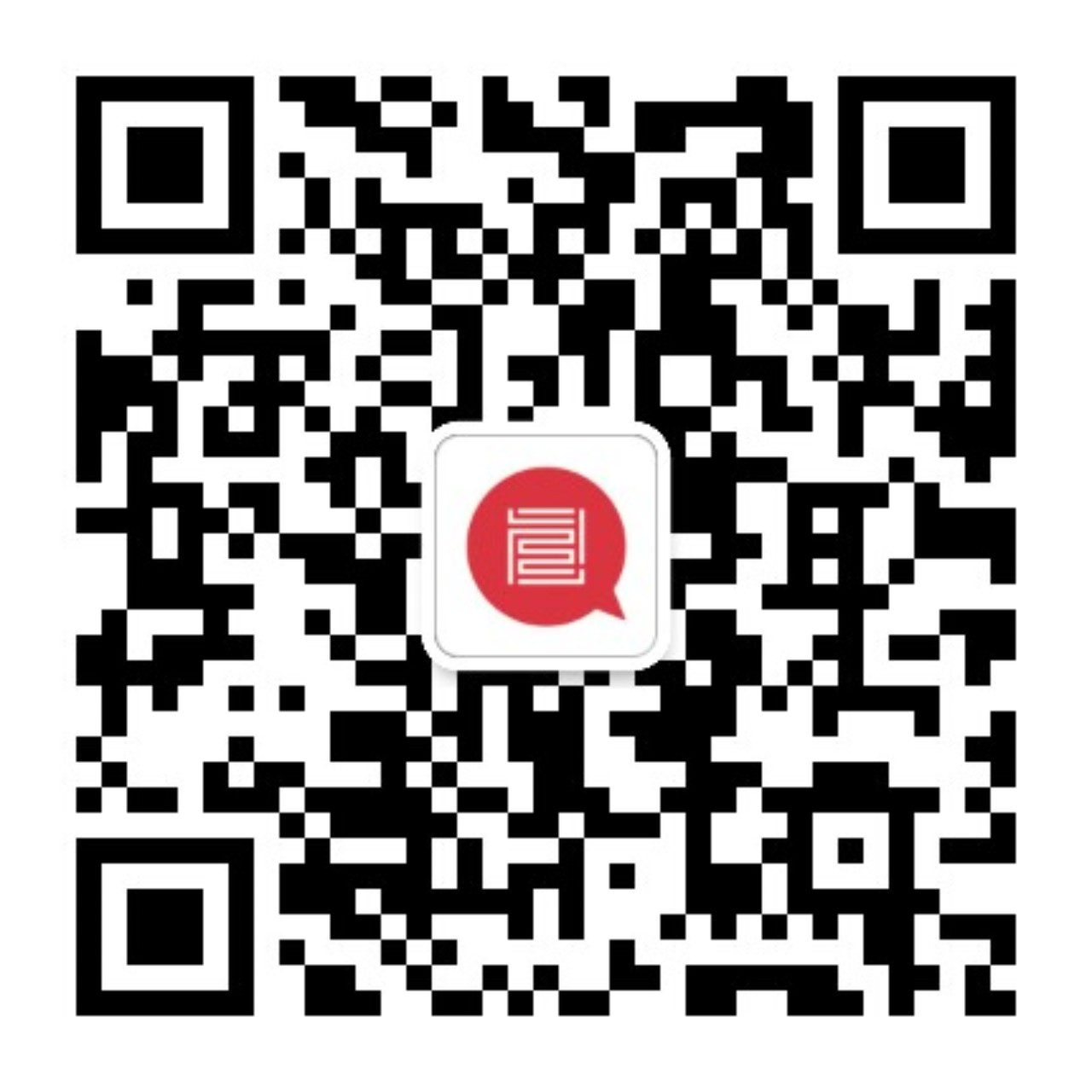


新氧艺O2art代理艺术家黄一山,即将于2025年3月22日在北京松美术馆呈现个展“室内的标点”,由策展人崔灿灿担纲策划。展览将展出包含绘画、手稿、纪录片等多种媒介的近百件作品。
Huang Yishan, represented by O2art, is set to present his solo exhibition titled " Interior Punctuation " at Song Art Museum in Beijing on March 22, 2025. The exhibition is curated by Cui Cancan. Nearly a hundred works in various media, including paintings, manuscripts and documentaries, will be on display.


作为新一代艺术家的代表,黄一山有着自己独特的绘画观念与工作方式。
主题“室内的标点”,即是对黄一山工作的概述。“室内”指的是黄一山的题材,他作品中的故事基本都在室内发生。和以往的室内画对生活和情绪的描绘不同,黄一山的室内画更接近于理性的研究,他对空间、透视、结构、材料的叙事关系,有着更为浓厚的兴趣。也因此,他拓展了“室内画”的含义,将其引向绘画与材料学、雕塑与空间、建筑与工程、设计与实物的交织领域。
“标点”则在艺术家工作方式中有多重含义。首先,它指向标尺的概念,讲述黄一山作品中受古典主义的影响,网格画法、制图术、平行透视给予画面的理性与科学的气质。其次,呈现如今的矢量图、虚拟游戏、电脑数据、瓷砖的工业模数、颜色的标号在作品中的普遍应用。
另一方面,“标点”又有着文学和故事的意味,指向黄一山作品中出现的“转折”。例如墙面、空间、视点的折转,或是同置、并置、递进的各种手法的叠合。空间的变化,也寓意着故事的变化,通过给故事新的断句、标点与情景,来改变故事的走向与意义。于是,黄一山最为代表的画中画,也是“故事中的故事”,它们几经流转,跨越时空。历史的故事从肯定变成疑问,从句号变成逗号,从名词变成动词。
在这些标点里,黄一山不断的引申、评论、创造,以让绘画可以穿越时间与空间的边界,成为超越现实与当下的永恒之思。
然而,导致故事变化的不仅有情节,也有形式与技艺。黄一山总是以抽象和极简主义的方式,来重构现实。那些逼真的材料,既是图像,又是一个实实在在的物,有着图像不可比拟的“灵光”:色彩节制而又雍容,质感沉积而又斑驳,一种接近于自然与时间之物的属性。
与现代主义对“技艺”的轻视不同,黄一山从古典哲学中汲取灵感与力量,他尤为重视“技艺”。在他的作品中,技艺既是途径,更是内容。只有缓慢、繁杂、精准的劳作,才能接近实物的内在精神。或者说,黄一山必须在制作时像个刻板的教堂司事那般,更为虔诚的等待,吃力的磨练着手艺,一遍不行,再来一遍,在反复的研磨和踌躇中,相信一个持之以恒的结果。
展览分为9个单元,有十几件全新的作品,时间跨度从2012年至今。结构上,以黄一山创作步骤和实验性工作开篇,艺术家的数十年间的自我隐喻结尾。中间穿插着艺术家反复描绘的主题画中画、镜中镜、故事中故事、窗和风景系列,以及黄一山作品中材料与叙事、空间与工艺的紧密关系,南方、城市与工业化对艺术家的影响。
这种不断拉远趋近的展览结构,亦是为了接近一个方向,它在2008年《绕圈的人》中早已埋下:彼时,黄一山早已对单纯的再现或表现没太多兴趣,他更关注绘画与现实之间的奥秘,如何提供与现实相似却又不同的东西,进而重塑观者、绘画、真实世界之间的关系。
在这个观念之中,绘画不是为世界指点迷津,而是创造在歧路中充满可能性的迷途。
策展人:崔灿灿
2025.03.09

板上综合材料
Mixed media on board
210×350cm 2025



The title of the exhibition, “Interior Punctuation”, serves as a frameworkof Huang’s art practice.
“Interior” refers to the recurring settings of his works—spaces where narratives unfold. Yet unlike previous interior paintings that depict life and emotion, Huang’s interiors are more of rational investigations. He is more captivated by the narrative interplay of space, perspective, structure, and materiality, expanding the very definition of “interior painting” into a realm where pigment converges with material science, sculpture dialogues with spatiality, architecture intersects with engineering, and design fuses with objects.
“Punctuation”, however, carries multiple meanings in Huang’s work. First, it indicates the concept of ruler, reflecting the rational and scientific style that he inherits from classical painting—grid compositions, cartographic techniques, and linear perspective. Second, it also reflects the infiltration of contemporary elements such as vector graphics, virtual games, digital data, industrial modularity, and standardized color codes.
Additionally, “punctuation” also carries literary indication, embodying fractures and shifts in his works, such as abrupt wallcorners, shifts in space and perspective, or layered techniques. The spatial changes indicate narrative changes, where new breaks, punctuations and contexts redirect a story, transforming Huang’s signature “paintings-within-paintings” into “stories-within-stories” that transcend time and space. Here, historical certainties become questions, periods turn to commas, and nouns shift to verbs.
Through these punctuations, Huangextends, critiques, and invents, allowing painting to transcend time and space, to go beyond reality and the present.
However, stories develop not only through plot but also through form and technique. Huang tends to reconstruct reality through abstraction and minimalism. His hyperreal materials exist as both image and substantial object, radiating an “aura” that is unattainable for mere image: restrained yet opulent hues, sedimentary and mottled textures—qualities akin to nature’s passage of time.
Unlike the neglect of “techniques” in modernism, Huang draws inspiration from classical philosophy, attaching much importance to “techniques”. In his works, techniques are not only approaches, but also content. Only the slow, meticulous and accurate labor could become rituals to channel the essence of the material. In other words, Huang has to work like a devoted, meticulous church sacristan, waiting piously and burnishing laboriously over and over, until persistence prevails.
This exhibitionconsists of nine sections, presenting over a dozen new works spanning from 2012 to the present. Structurally, it opens with Huang’s creation processes and experimental work, and concludes with self-referential metaphors distilled over decades. In between unfold his recurring themes: painting-within-painting, mirror-within-mirror, story-within-story, window and landscape—all interwoven with the close connection between material and narrative, space and craftsmanship, and the imprint of the southern region, urbanization and industrialization on the artist.
This telescoping curatorial approach intends to trace a direction, which was prefigured in Huang’s work Circling Men (2008): back then, he was already more interested in painting’s enigmatic relationship with reality than mere representation or expression. His quest is to create something that assembles reality yet different, and thereby rebuild the relationship between viewers, paintings, and the real world.
Thus, painting becomes a labyrinth of possibilities—not solving life’s mysteries, but inviting endless exploration.
Curator: Cui Cancan
2025.03.09
「关于艺术家 About Artist」

「关于策展人 About Curator」

崔灿灿, 策展人,写作者。
Cui Cancan, a curator and writer.
「关于松美术馆 About Song Art Museum」
?? 扫码购票 Scan to buy tickets??

「特别鸣谢 Acknowledgments 」

本次展览墙面涂料由立邦中国提供。自1992年进入中国以来,立邦以“刷新美好生活空间”为企业使命, 不断探索与开发更适合中国市场与消费者的色彩、产品与服务,助力实现消费者对美好生活的向往。

让茶公司创立于2020年,是一家专注无糖茶饮料的茶 快消品品牌,致力为消费者提供自然、健康、方便、好喝的茶饮料产品。让茶,即“请你来喝茶”,以 “茶”为载体,让中国传统礼仪文化以及精致茶饮生 活方式,在年轻族群中,焕发现代风貌,高山好茶喝让茶,让茶陪你每一天!


新氧艺O2art 798空间



已展示全部
更多功能等你开启...





 分享
分享